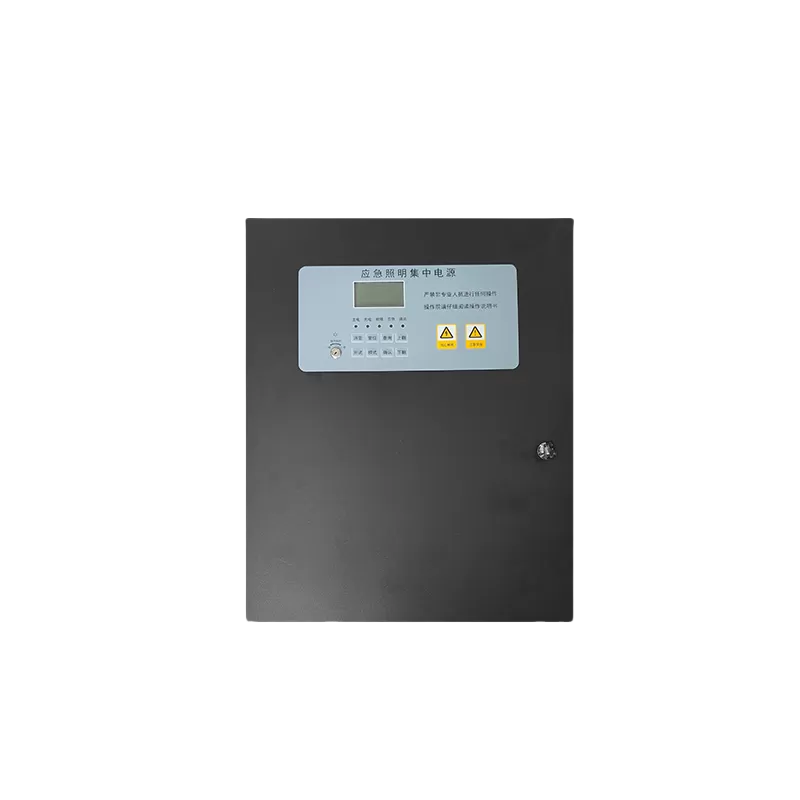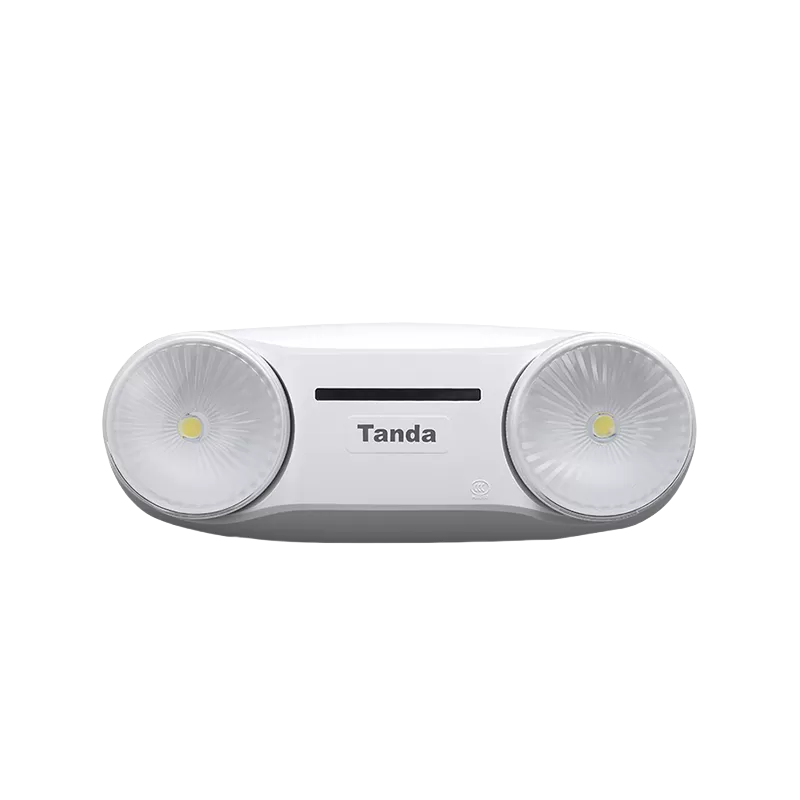Introduction
In the evolving world of home safety, wireless fire alarm systems have emerged as a crucial technology for ensuring the safety of residential and commercial properties. This comprehensive guide delves into the features, benefits, and installation process of wireless fire alarm systems, offering some insights for homeowners and business owners alike.
Understanding Wireless Fire Alarm Systems
Definition and Operation
Wireless fire alarm systems are advanced safety devices that detect the presence of smoke and fire without the need for wired connections. They operate using radiofrequency technology to communicate between sensors, alarms, and control panels.
Key Components
1. Control Panel
Function: Serves as the central hub of the system, coordinating the communication between all wireless devices.
Features: Typically includes a user interface for programming and monitoring the system, as well as a power supply unit.
2. Smoke Detectors
Function: Detect smoke particles in the air, which are often an early indicator of fire.
Types: Photoelectric (better at detecting smoldering fires) and ionization (quicker at sensing flaming fires).
3. Heat Detectors
Function: Trigger an alarm when a rapid temperature increase or a certain temperature threshold is reached.
Usage: Often used in environments where smoke detectors may generate false alarms, like kitchens.
4. Manual Call Points (Break Glass Stations)
Function: Allow individuals to manually trigger the fire alarm system in case of emergency.
Placement: Strategically located throughout the premises for easy access.
5. Alarm Sounders and Strobe Lights
Function (Sounders): Emit loud, audible alarms to alert occupants of a fire.
Function (Strobe Lights): Provide visual alerts, crucial in noisy environments or for hearing-impaired individuals.
6. Wireless Communication Modules
Function: Enable communication between the devices and the control panel without the need for physical wires.
Technology: Utilizes radio frequencies or other wireless communication methods.
7. Power Sources
Function: Power the devices, typically through batteries.
Features: Many systems include battery monitoring and low-battery alerts.
8. Fire Alarm Repeater Panels
Function: Extend the system’s range and ensure signals reach the control panel from all devices, especially in larger premises.
Usage: Optional, depending on the size and layout of the building.
9. Monitoring and Reporting Software
Function: Provide real-time status updates and reports on the system’s functionality.
Features: Often includes remote access capabilities, allowing monitoring and control from off-site locations.
10. Accessory Devices
Examples: Include wireless smoke and heat detector testers, remote annunciators, and key switches for system testing and maintenance.
Features of Wireless Fire Alarm Systems
1. Wireless Connectivity
Description: Uses radio frequencies or other wireless technologies to connect sensors, alarms, and control panels.
Benefit: Eliminates the need for physical wiring, reducing installation complexity and disruption.
2. Easy Installation and Flexibility
Description: Can be installed with minimal structural modifications.
Benefit: Ideal for historical buildings, rented spaces, or buildings undergoing renovations.
3. Scalability
Description: Easy to add, remove, or relocate detectors and other components.
Benefit: Adaptable to changing building layouts or expansion.
4. Battery-Operated Components
Description: Most components are powered by batteries.
Benefit: Ensures functionality even during power outages, enhances reliability.
5. Remote Monitoring and Control
Description: Many systems offer integration with smartphones or web applications for remote monitoring.
Benefit: Allows for real-time alerts and system status checks from any location.
6. Interconnectivity with Other Systems
Description: Can be integrated with other home or building management systems.
Benefit: Creates a comprehensive safety and security system when combined with burglar alarms, CCTV, etc.
7. Automated Testing and Diagnostics
Description: Some systems feature automatic self-checks to ensure all components are functioning.
Benefit: Reduces maintenance effort and enhances system reliability.
8. Customizable Alarm Notifications
Description: Allows for different alarm tones or voice alerts for various types of emergencies.
Benefit: Helps in conveying the nature of the emergency more effectively.
9. Enhanced Aesthetic Integration
Description: Wireless devices are often smaller and less obtrusive.
Benefit: Preserves the aesthetic appeal of the property.
10. Reduced False Alarms
Description: Advanced detection technologies help in differentiating between actual threats and benign conditions.
Benefit: Increases reliability and trust in the system’s alerts.
These features collectively make wireless fire alarm systems a versatile and effective solution for fire safety, offering ease of use, robust performance, and adaptability to a variety of building types and sizes.
Benefits of Wireless Fire Alarm Systems
Effortless Installation and Retrofitting
Wireless fire alarm systems stand out for their ease of installation, which is particularly beneficial for existing buildings or historical properties. Unlike traditional wired systems, they don't require extensive drilling or wiring, meaning they can be installed with little to no structural disruption. This feature is invaluable in preserving the architectural integrity of historical buildings or in situations where minimal disturbance to occupants is essential.
Scalability and Customization
One of the most significant advantages of wireless systems is their scalability. As the needs of a building change, such as during expansions or reconfigurations, wireless systems can adapt effortlessly. Adding or relocating detectors is straightforward, allowing for a custom fit to the specific safety requirements of any property. This flexibility ensures that safety coverage remains optimal as the layout or usage of the building evolves.
Reliable Operation in Power Outages
Wireless fire alarm systems are typically equipped with battery backups, making them highly reliable even during power outages. This reliability is crucial, especially in emergency situations where power supply might be compromised. The ability of these systems to continue functioning in adverse conditions offers an extra layer of security, ensuring that buildings and their occupants are protected at all times.
Advanced Detection and Reduced False Alarms
Modern wireless fire alarm systems incorporate advanced technologies that not only enhance their detection capabilities but also significantly reduce the incidence of false alarms. This precision is achieved through sophisticated sensors that can differentiate between actual fire signs and non-threatening conditions. The reduction in false alarms not only builds trust in the system's reliability but also ensures that emergency services are not called out unnecessarily, which is vital for resource allocation and overall community safety.
Installation Guide
Planning
Assess the Property: Determine the number and placement of detectors.
Choose the Right System: Consider the size of the property and specific safety needs.
Installation Process
Install the Control Panel: Select a central, easily accessible location.
Place the Smoke Detectors: Install in key areas, including bedrooms, living rooms, and hallways.
Test the System: Ensure all components are communicating effectively.
Professional Installation vs. DIY
While DIY installation is possible, professional installation is recommended for optimal safety and efficiency.
Maintenance and Testing
Regular testing and maintenance are crucial to ensure the system functions correctly. Replace batteries annually and conduct routine checks as per the manufacturer’s guidelines.
Conclusion
Wireless fire alarm systems represent a significant advancement in fire safety technology. Their ease of installation, flexibility, and smart features make them an ideal choice for modern safety needs. By understanding the features, benefits, and installation process, homeowners and business owners can make informed decisions to protect their properties effectively.
FAQs
Q: How often should wireless fire alarm systems be tested?
A: Monthly testing is recommended.
Q: Can wireless systems be integrated with existing wired systems?
A: Yes, many wireless systems are designed for compatibility with existing systems.
Q: Are wireless fire alarm systems suitable for large buildings?
A: Absolutely, their scalability makes them ideal for buildings of all sizes.










